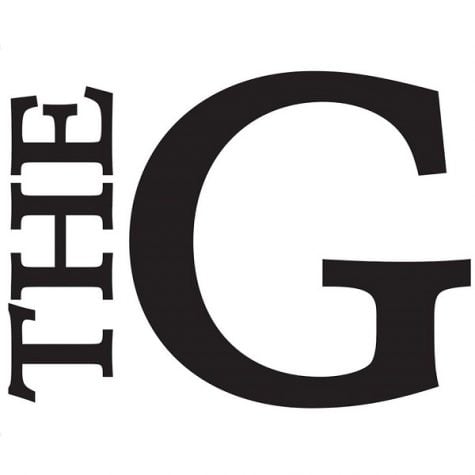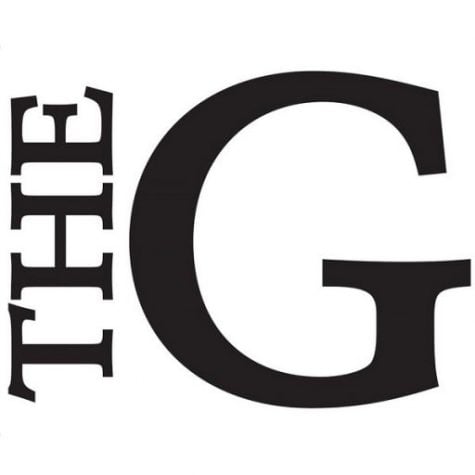Staff Editorial—House of Straight Privilege
The Intercultural Engagement Center’s House of Straight/Cis Privilege display in King Hall ran from Oct. 27 to Nov. 3 this year. The display, which took up two hallways, included 13 stations, each depicting a different time period or environment in which cisgender and straight people experience often unacknowledged privileges. The environments represented included the childhood home, the workplace, the house of worship and domestic life. Each station was decorated with physical items, like childhood toys and bathroom signs, and was accompanied by statements highlighting the invisible privileges experienced by straight and cisgender people, like these:
“I have never had people think my sexuality is a mental health issue.”
“I have the ability to not be profiled on the street as a sex worker because of my gender expression.”
“I can hang up pictures of my family and partner(s) without fear of reprisal.”
“I can use a public restroom without fear of verbal abuse, physical intimidation, or arrest.”
Jarring statistics also lined the walls, including the fact that that, according to Harvard School of Public Health, 22 percent of transgender people say they have avoided doctors or health care out of concern that they would face discrimination.
This year, Station 13 was a wall of 20 pictures and mini-biographies of “Queer Icons of Color.” Among those featured were Langston Hughes, James Baldwin, Josephine Baker and Angela Davis.
“These people have led the way, and many are continuing to do so, for LGBTQIA rights,” read the sign below the pictures and biographies.
The House of Straight Privilege does a good job of highlighting the blatant privileges that we often forget to think about, even among queer people. As a queer, cisgender person whose gender identity and expression match what I’ve always been told, projects like this are eye-opening. The self-guided tour was informative, and didn’t feel like an attempt to push beliefs onto the audience.
At the same time, the editorial team comments that the house could further emphasize tolerance alongside awareness. The facts and personal statements scattered throughout the hall were prominent, but steps for action and ways to foster a welcoming, tolerating environment would bring the display to another level. After walking through the display and reading the signs, facts and artifacts, most will be struck, and some, like myself, will want to do something with the realizations they have just acquired. A focus on tolerance could be useful for viewers who want to become more active allies and/or members of the community.
The House of Straight Privilege is a powerful display in that it forces cisgender and heterosexual members of the Guilford community to face their privilege in a way they would not in day-to-day life. The HOSP reminds us how important it is that we make a continuous, active, conscious effort to make all members of our community—at Guilford College and beyond—feel welcome, protected and loved.







